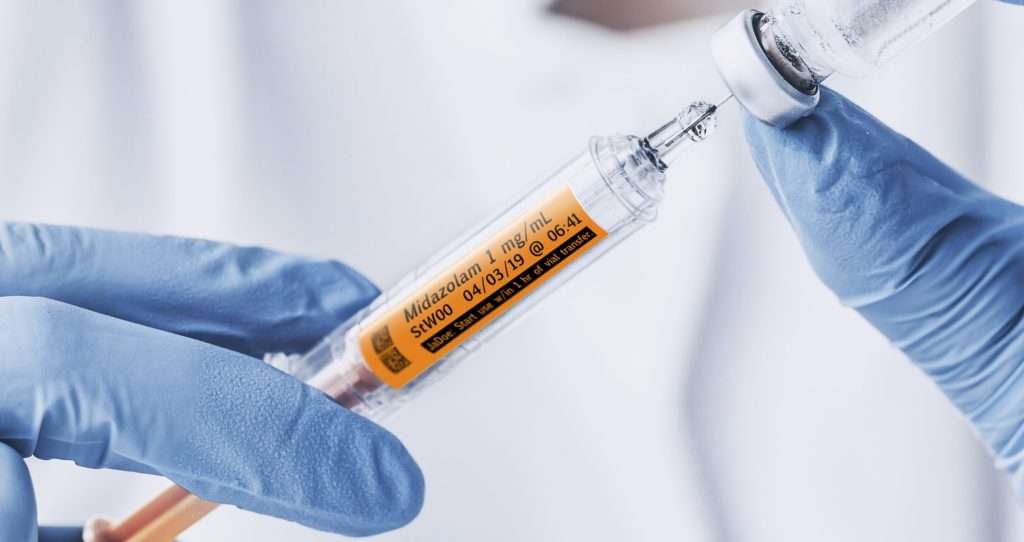In healthcare, labels are everywhere—on IV bags, syringes, tubing, and medication drawers. But far too often, labeling is treated as an afterthought: a box to check for regulatory compliance. In reality, labeling plays a critical, frontline role in workflow efficiency, clinical safety, and nurse satisfaction.
From medication administration to patient handoffs, labeling touches every corner of care delivery. The question is: are your labels doing enough?
Beyond the Basics: Labeling as Workflow Infrastructure
When labels are clear, consistent, and strategically placed, they do more than meet Joint Commission or ISMP guidelines. They:
- Streamline handoffs between shifts and departments
- Eliminate guesswork in tracing lines and timing tubing changes
- Reduce medication administration delays
- Support protocol adherence with visual cues
- Minimize redundancy and rework
In short, labeling is the connective tissue of safe, efficient care.
The Cost of Treating Labeling as “Just Compliance”
Hospitals that rely on handwritten or preprinted labels often experience:
- Delayed infusions due to missing or illegible labels
- Frequent tubing replacements, especially at shift change
- Non-compliance citations from accreditation bodies
- Wasted nursing time documenting and clarifying label info
- Staff frustration and burnout, especially in high-acuity units
These issues don’t just hurt workflows—they hurt patients.
The Vigilant Approach: Labels Designed for Care, Not Just Compliance
Vigilant’s Verify platform transforms labeling from a manual burden into an automated, insight-driven asset for care teams.
✅ Three-Point Labeling System
Every infusion is labeled at the bag, tubing midpoint, and patient access point—ensuring full traceability during handoffs and emergencies.
✅ Automated, Time-Stamped, Clinician-Identified Labels
With just two scans, a label prints with:
- Medication name
- Start and change times
- Dwell interval color coding
- Tall Man lettering and alert flags
✅ Configurable Templates for System-Wide Consistency
One format across all sites reduces confusion for float nurses and supports standardized compliance across the enterprise.
From Regulatory Pressure to Clinical Advantage
Yes, Verify meets Joint Commission and ISMP labeling guidelines. But it goes further—turning compliance into clinical value:
- Survey readiness built-in
- Fewer tubing errors and rework events
- Faster, safer patient transitions
- Higher nursing satisfaction
- Improved infection prevention outcomes
This is labeling that moves the needle.
Final Thought: When Labels Work, Nurses Can Too
Labeling shouldn’t be another task on a nurse’s list. It should be a tool that supports their workflow, protects their patients, and gives time back to care.
With Vigilant, labels don’t just satisfy compliance—they strengthen the entire care process.
From compliance to care—that’s the power of doing labeling right.

